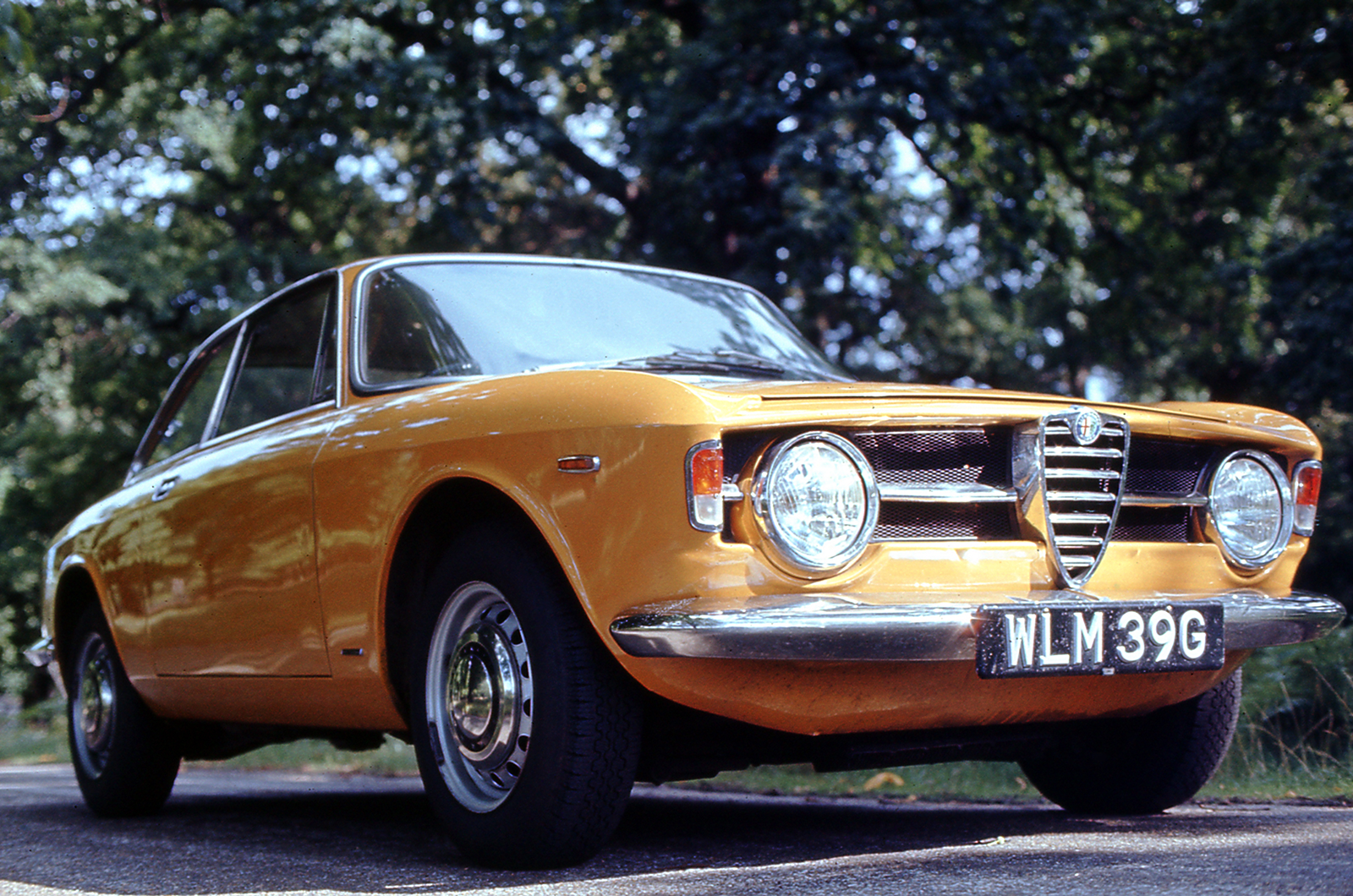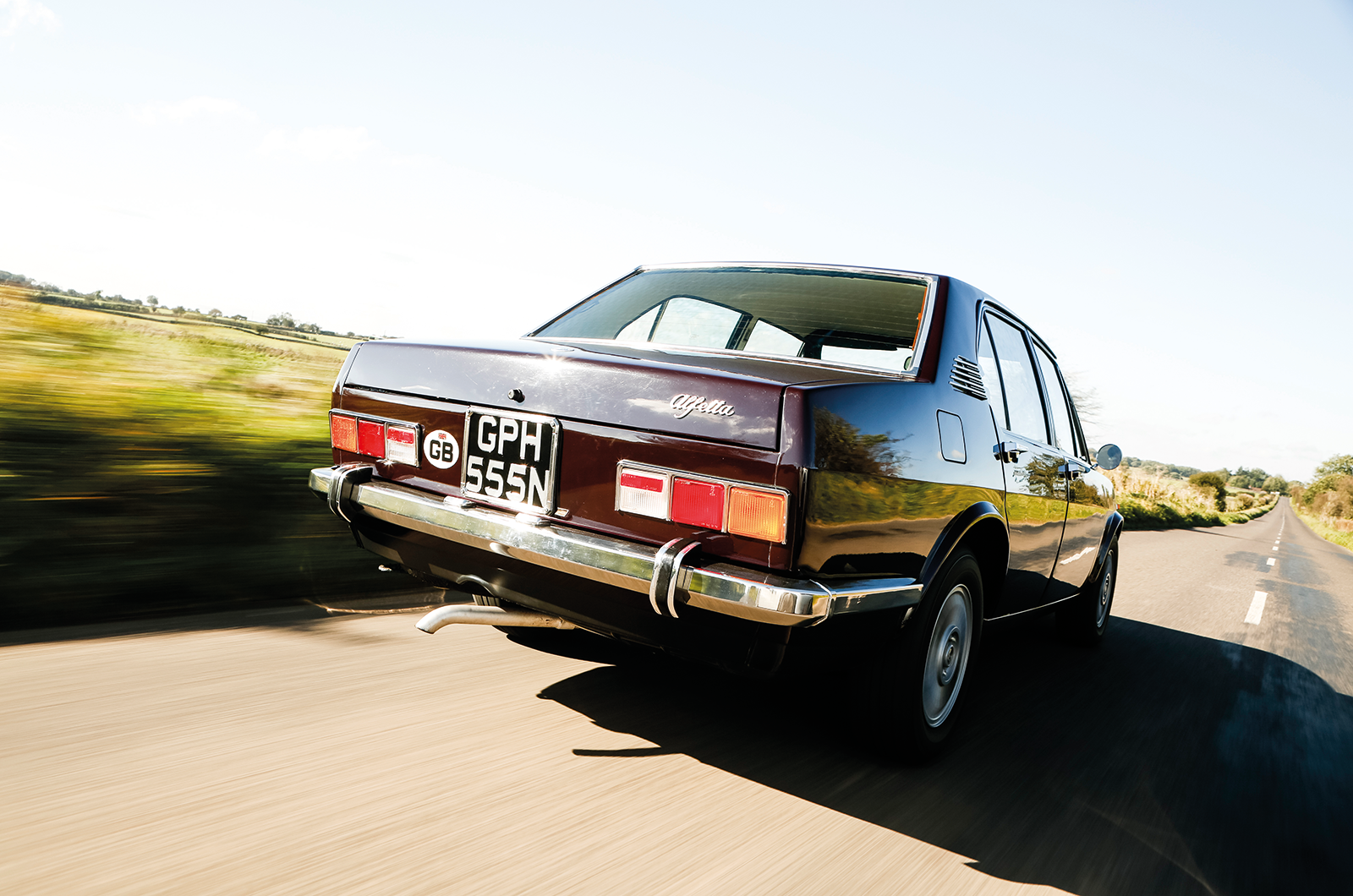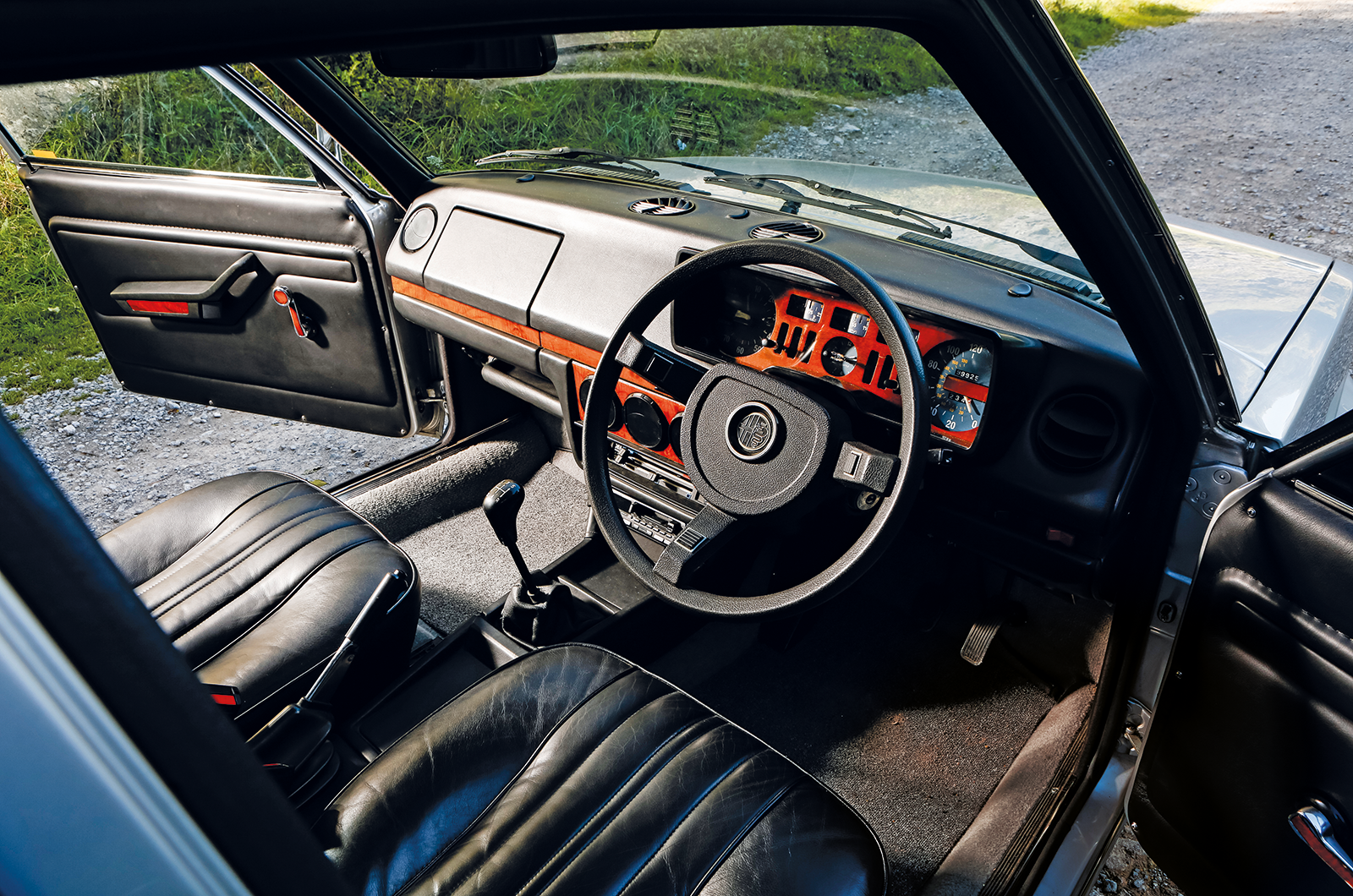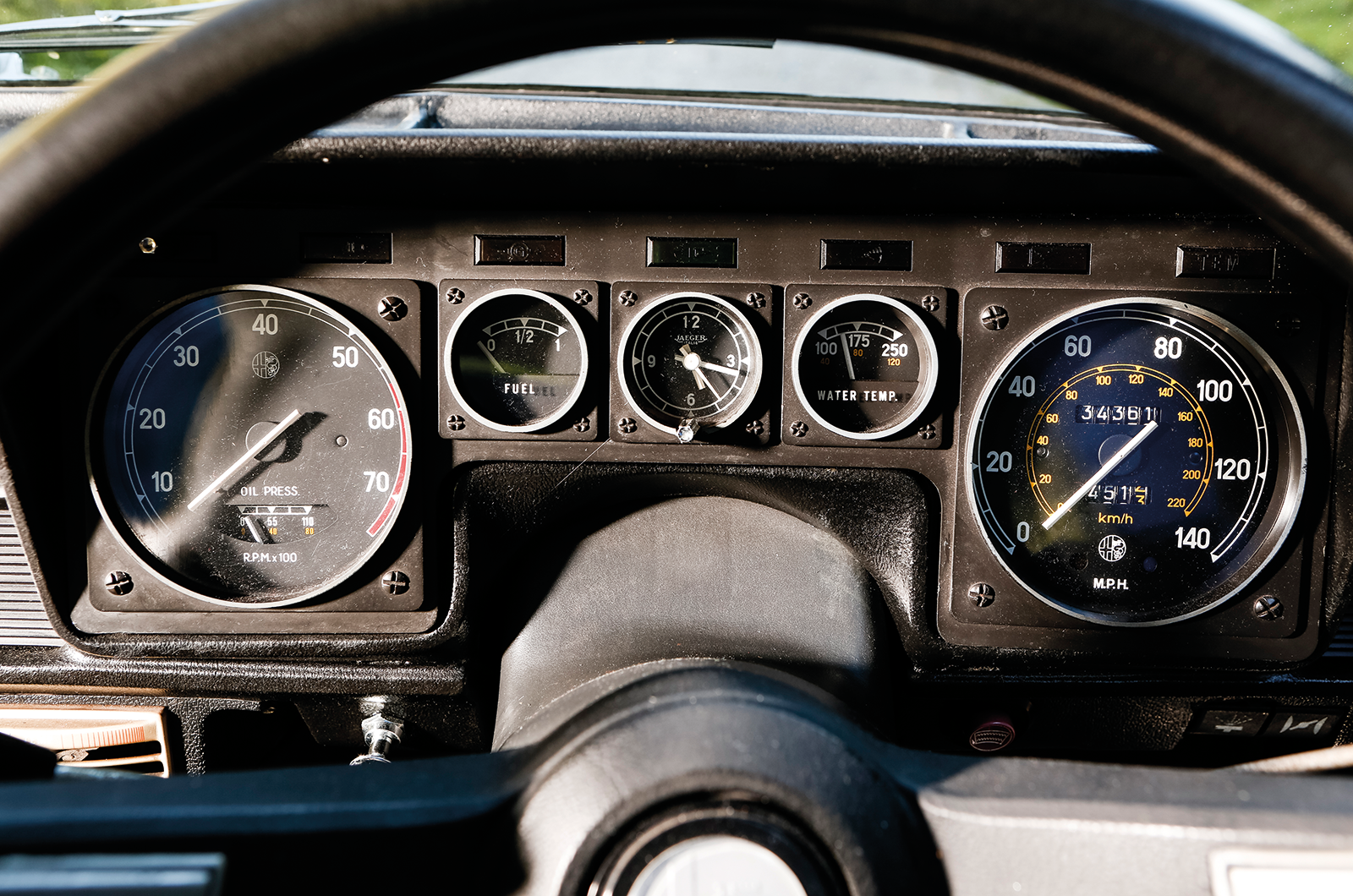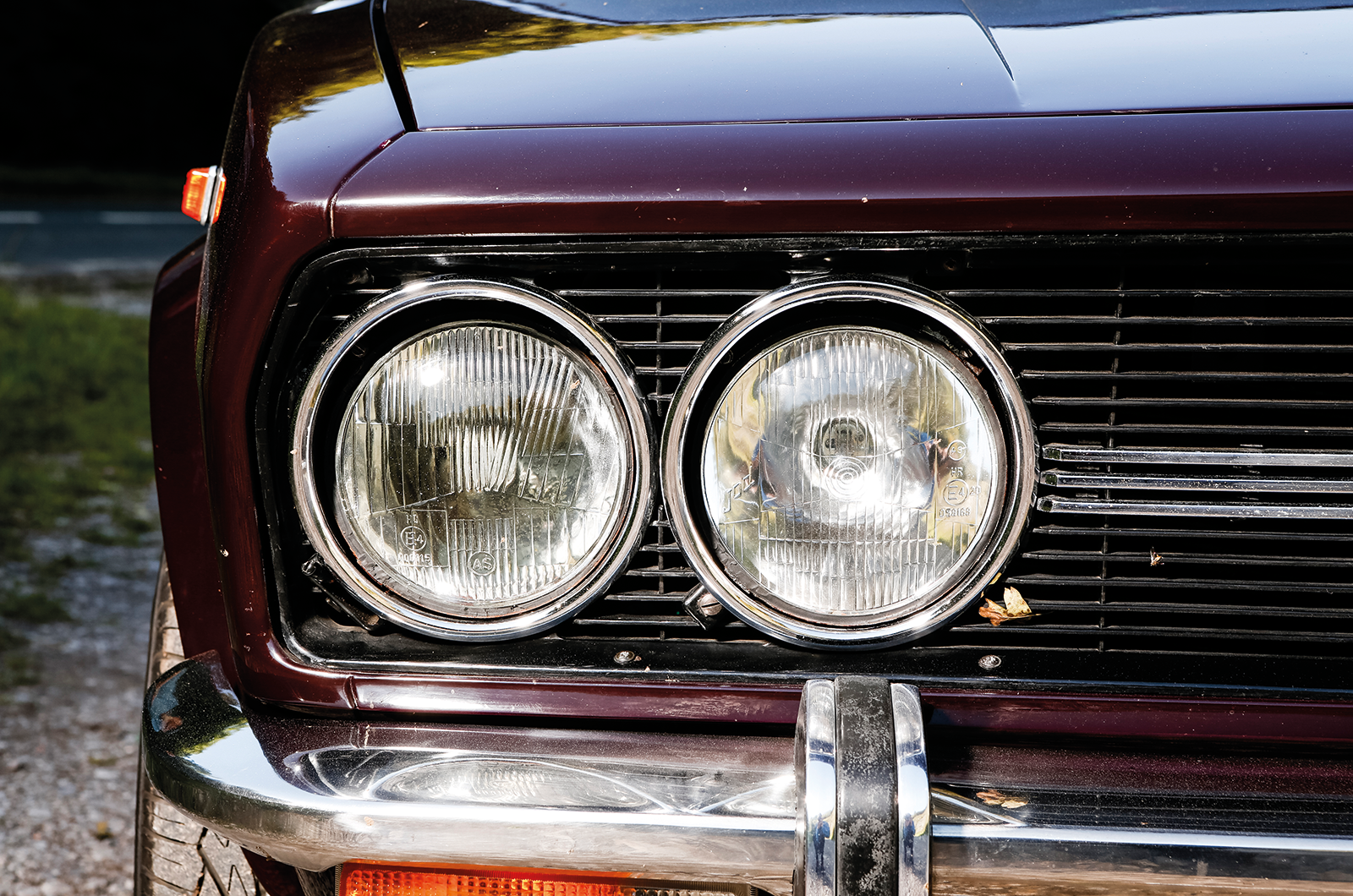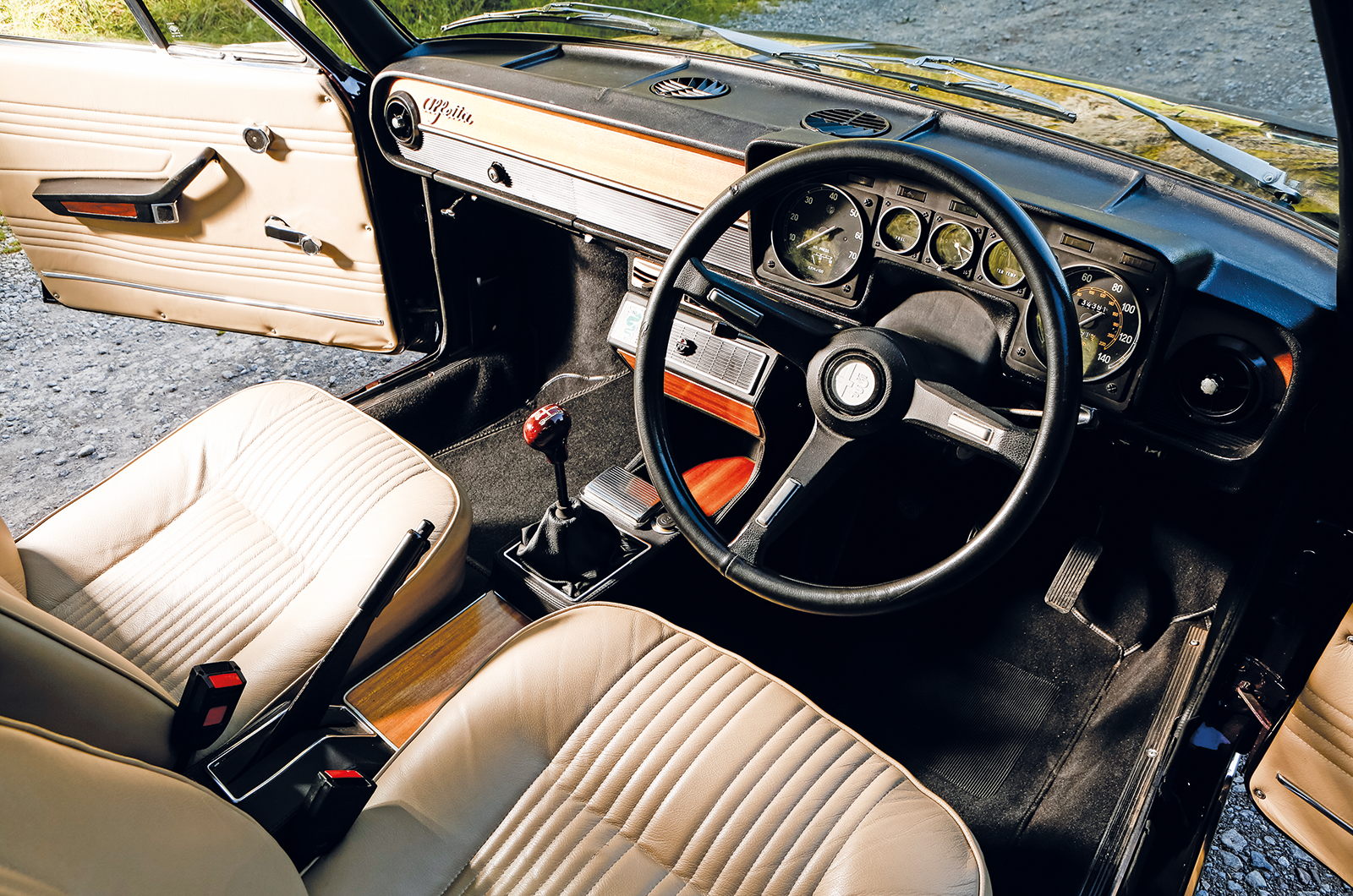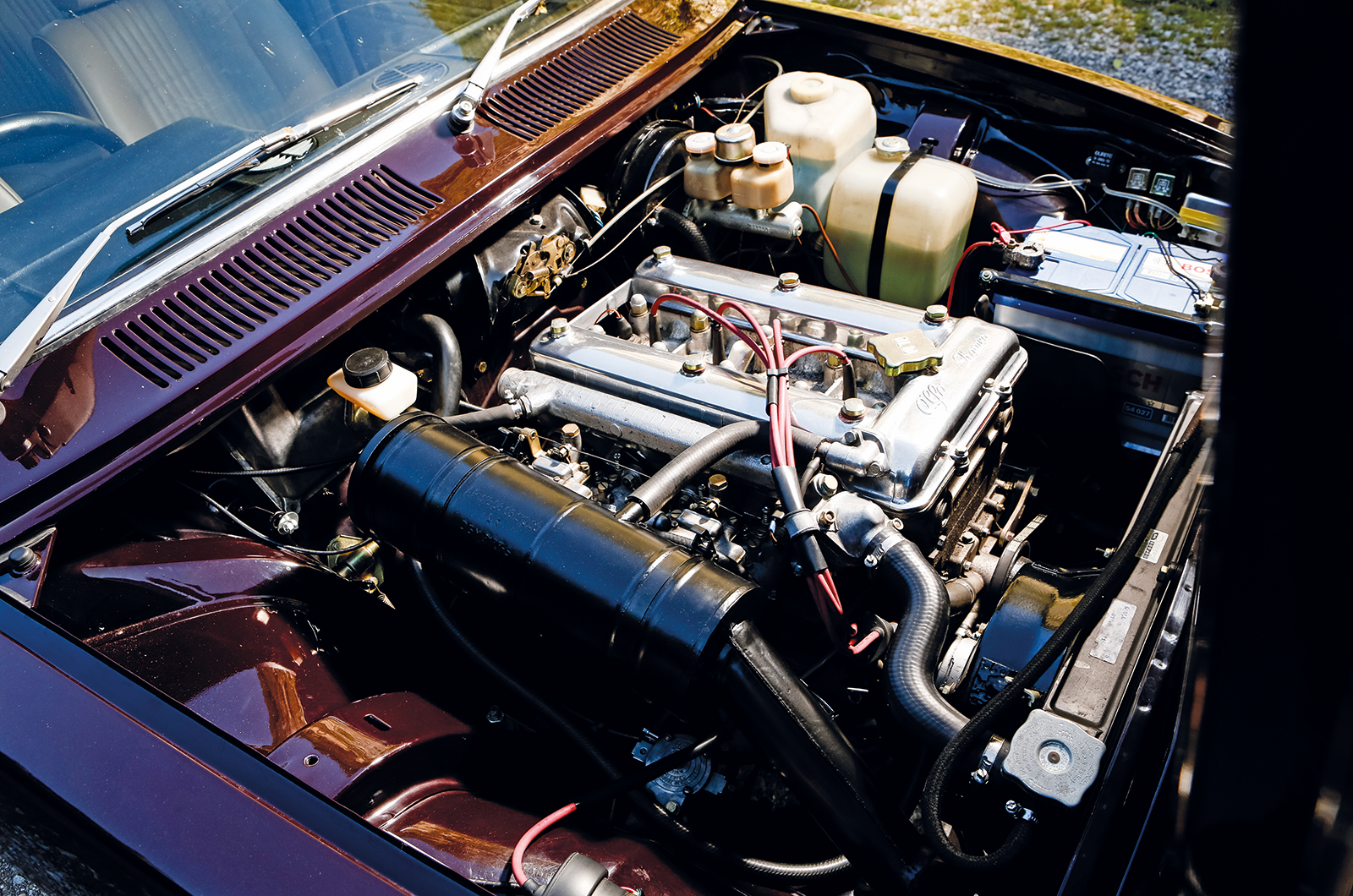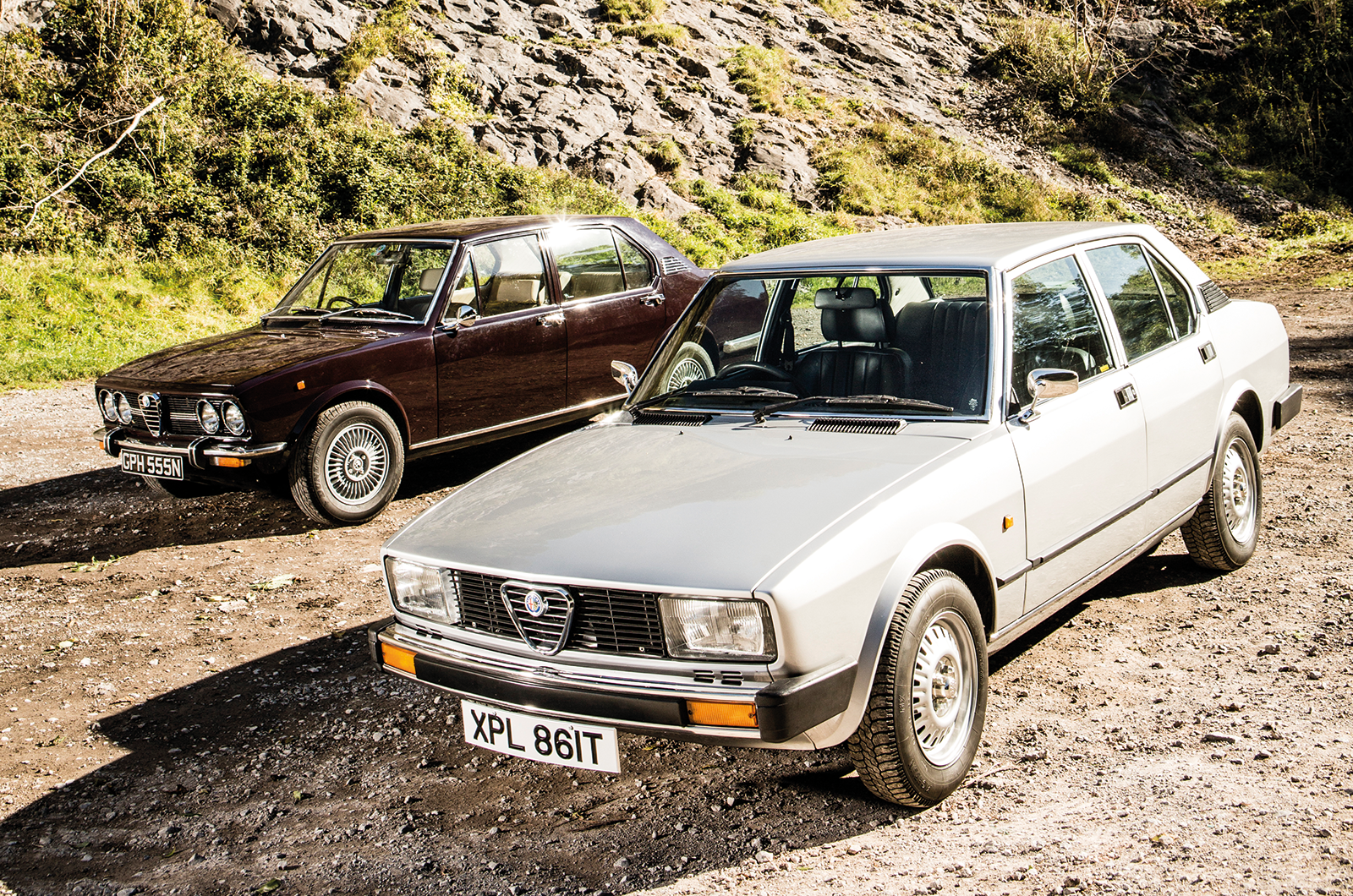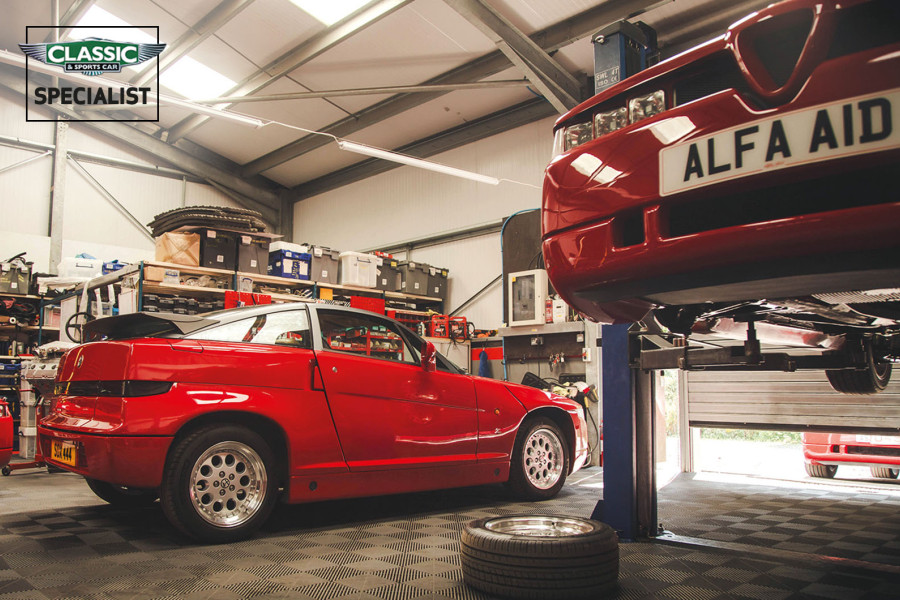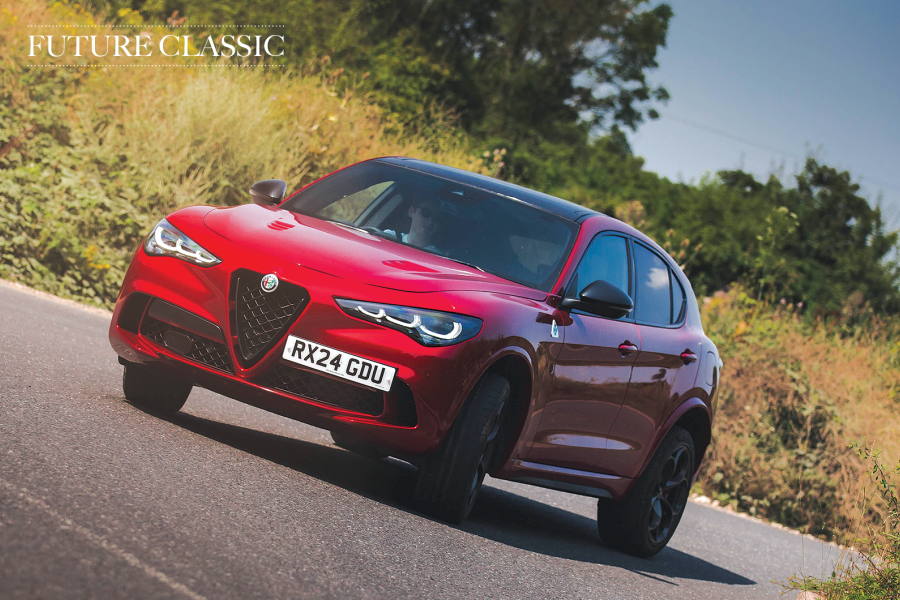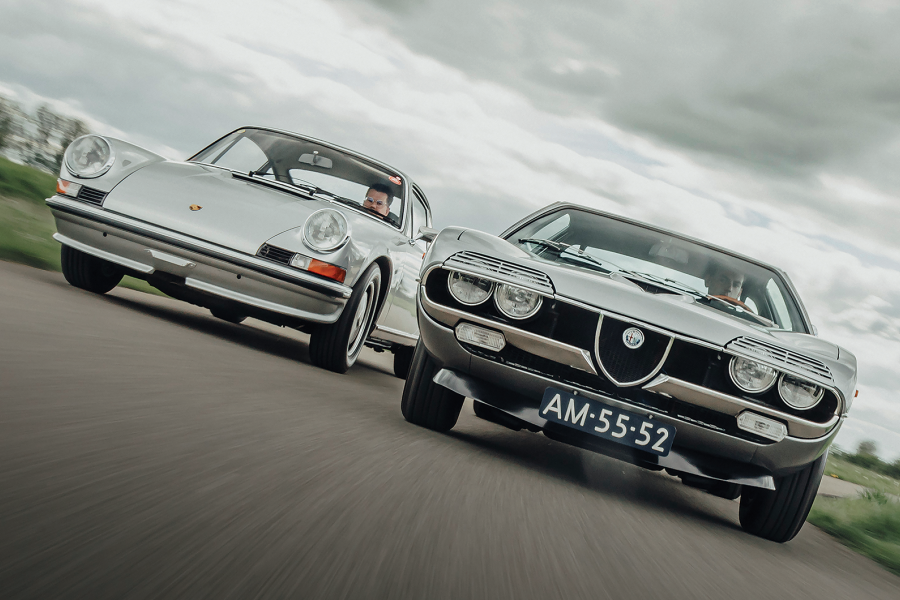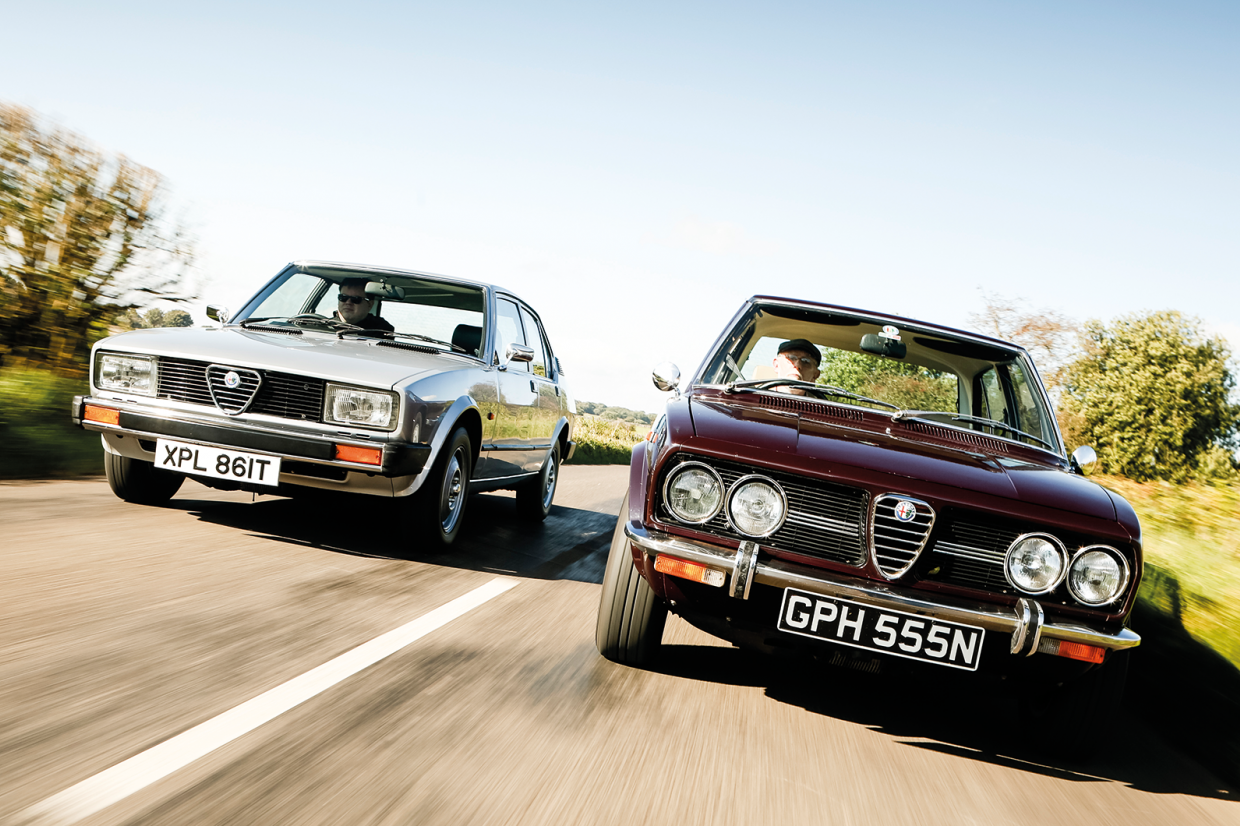
The endangered Tipo 116 Alfetta berlina lives and dies by personal memories and old associations: unlike in its homeland, the car’s cupboard of British cultural references is practically bare.
A maverick detective did not drive one on the big or small screen. Nor did Autodelta enter one – wearing Gp2 wheelarches stretched over deliciously fat Campagnolo alloys – into the Silverstone round of the 1973 European Touring Car Championship. One didn’t star in Octopussy driven by Roger Moore wearing a shiny blouse. Nor was one a stooge to a gang of Mini-borne bullion thieves.
Alfettas were not used by plod to chase villains with 40-denier face-lifts, and thickset suited geezers did not bundle ex-geezers into an Alfetta’s boot for one last meeting with a shovel and a bag of lime.
At best, you may have spotted a berlina in the grimy streets of The Sweeney or glimpsed its North American cousin in Ferris Bueller’s Day Off.
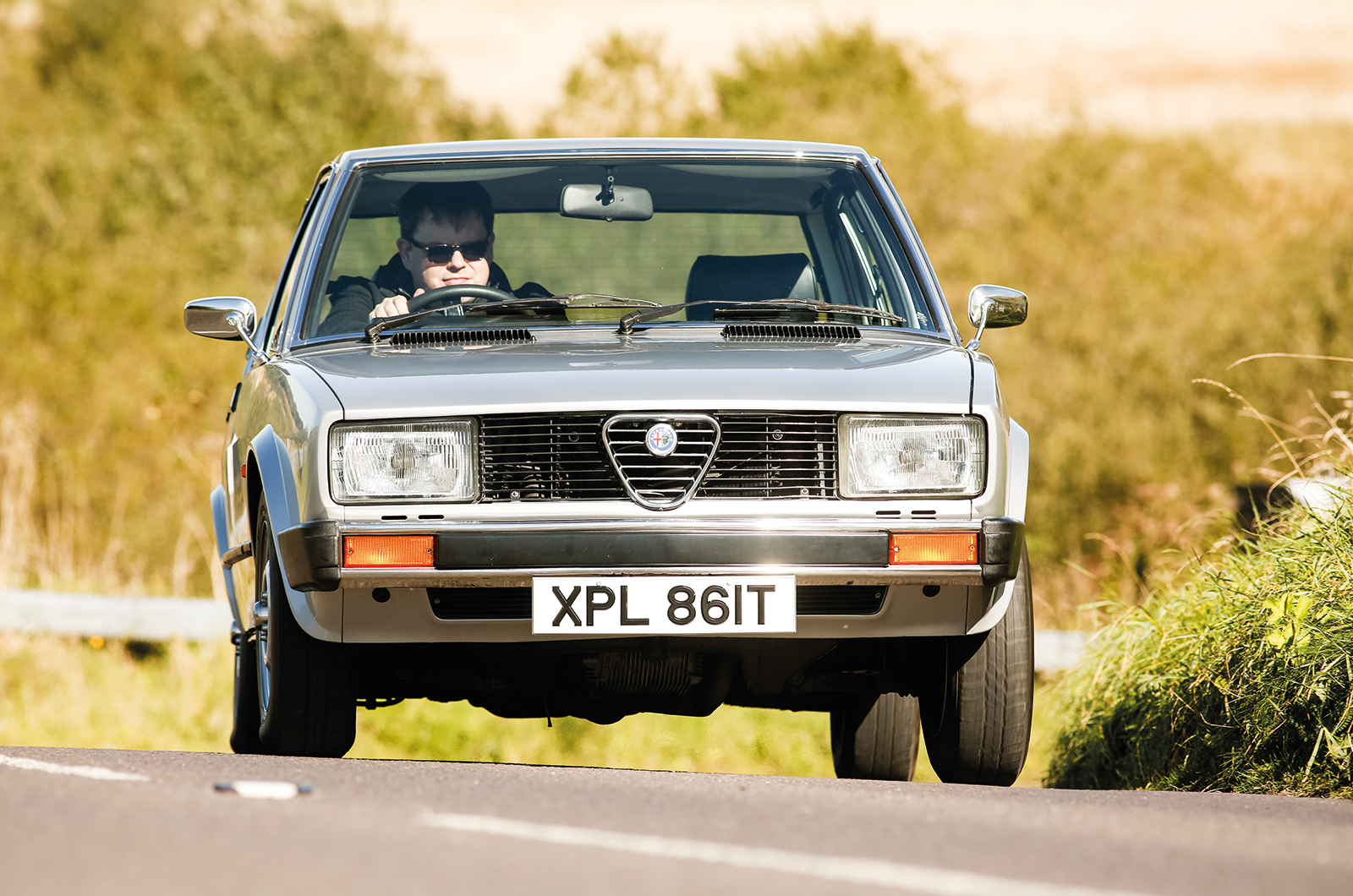
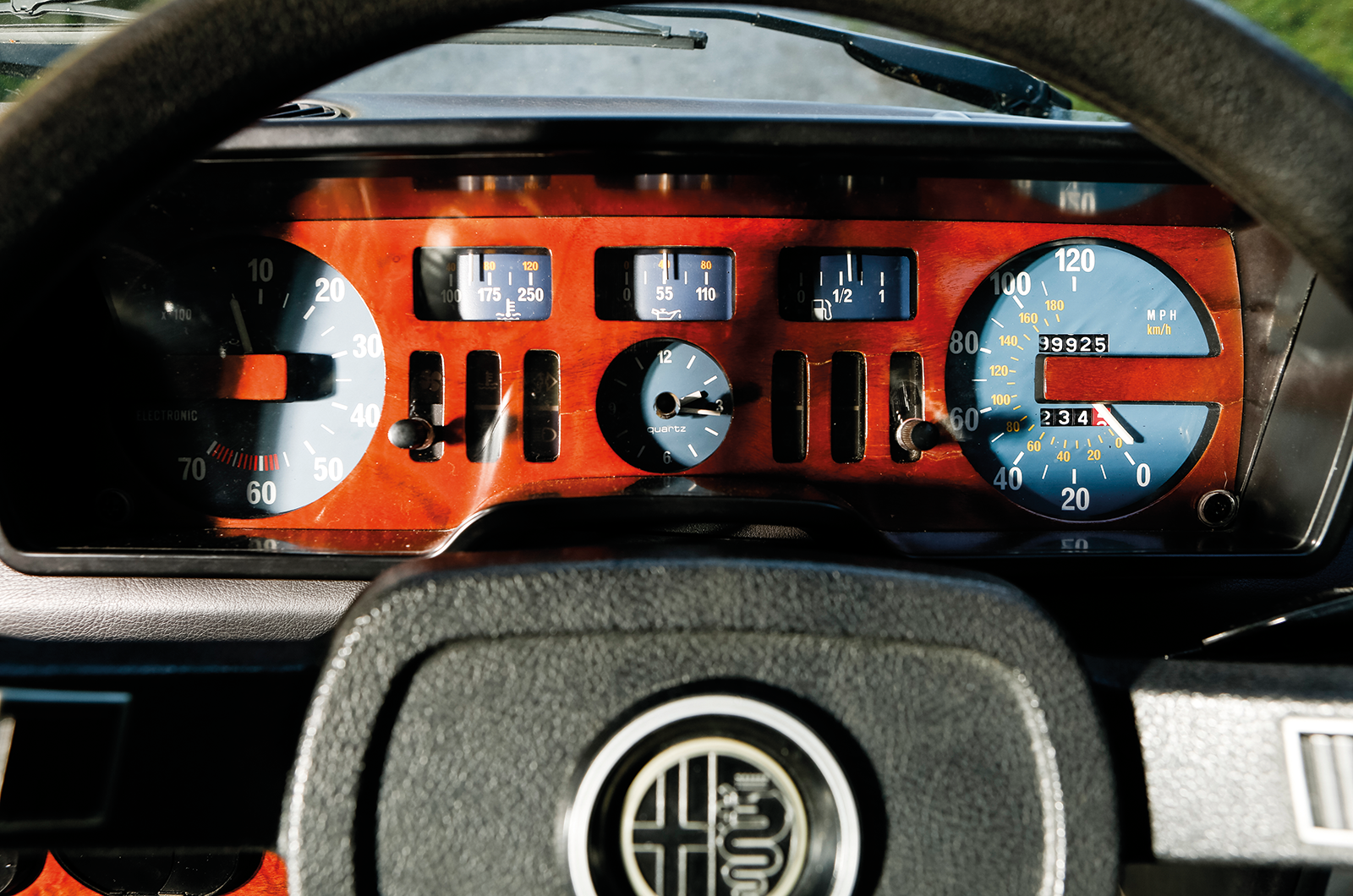
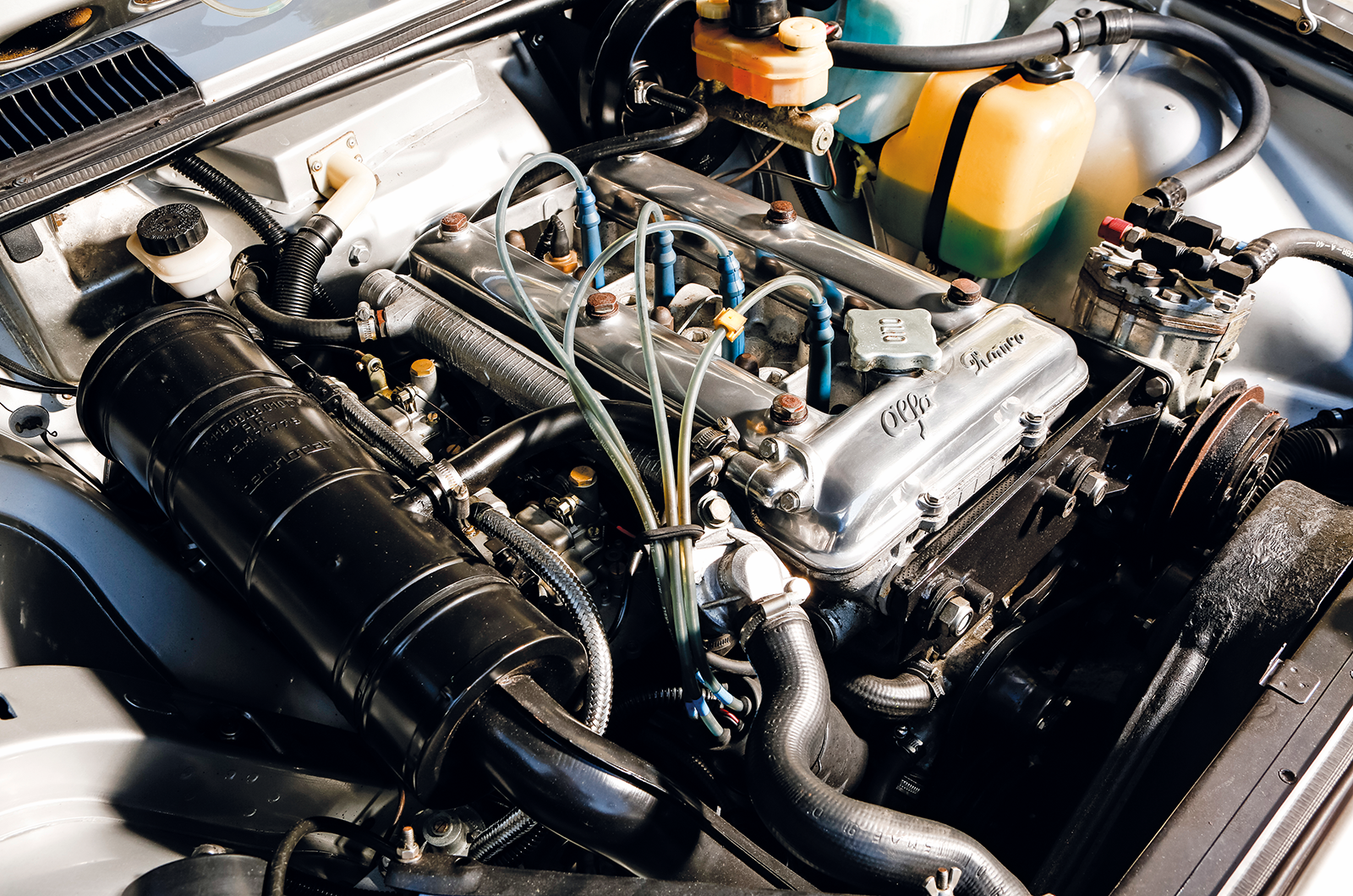
Clockwise from top: The 2000 has oblong lights in place of the round units on earlier and later versions; torquey 1962cc twin-cam; later car’s fascia is more heavily stylised

